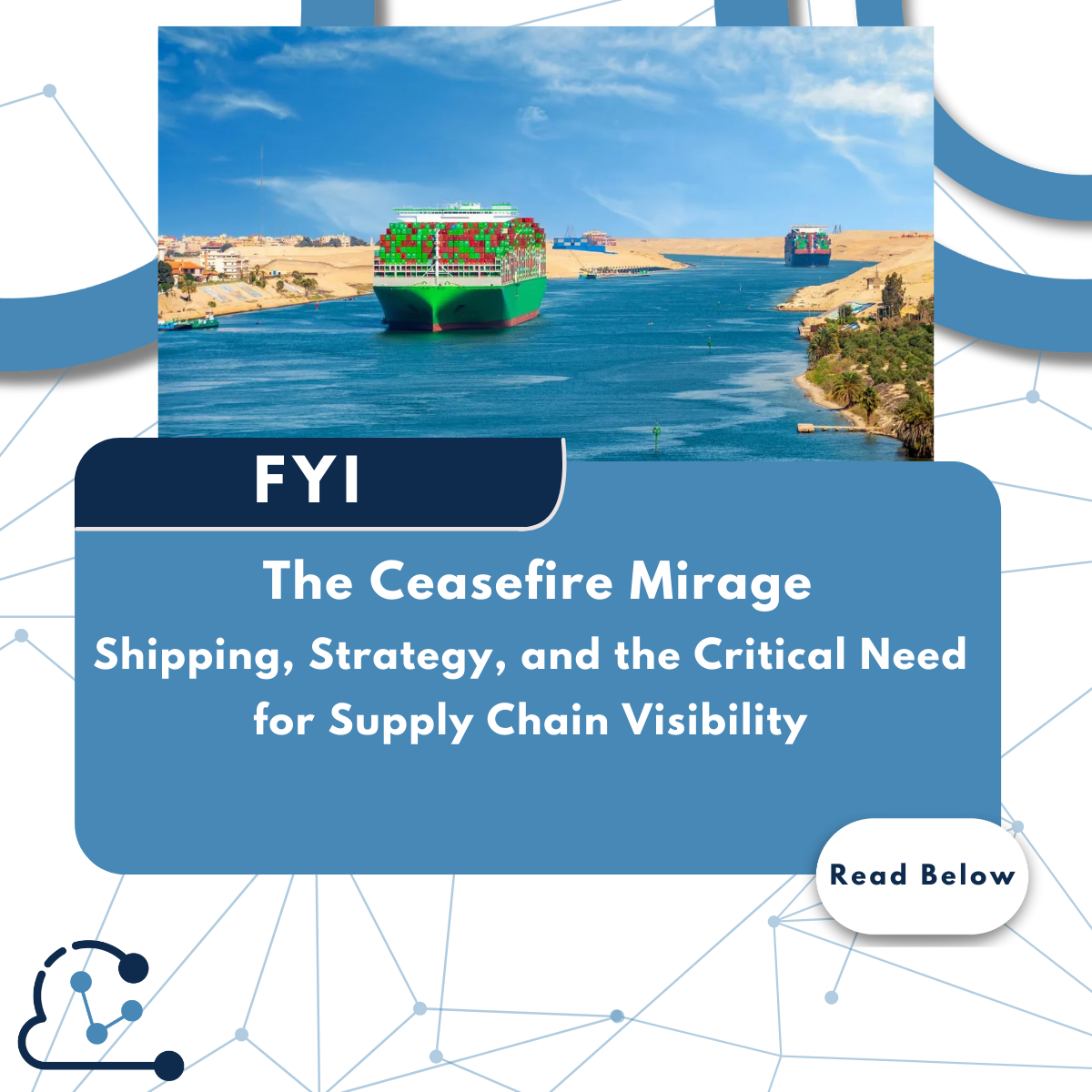The world of logistics is no stranger to disruption, and the Red Sea’s troubled waters are no exception. As reports emerge of a potential ceasefire in Gaza, speculation mounts that the Red Sea and Suez Canal routes may soon reopen for global shipping. But let’s not be hasty. A lull in Houthi attacks is just that – a lull. Experts caution against overconfidence, pointing out that the Houthis’ disruptive leverage over global trade might be too tempting for the group to relinquish.
A Fragile Path to Peace
Houthi spokesperson Mohammed Abdul Salam made waves on X, framing the ceasefire as a potential turning point. Yet, his declaration also highlighted the group’s broader regional aspirations, leaving many to wonder if hostilities in the Red Sea are truly over. Lars Jensen, CEO of Vespucci Maritime, offered cautious optimism, suggesting Suez Canal transits might resume as early as February, with sporadic crossings before that. However, industry veterans like Michael Yarwood of TT Club remind us that shipping companies may be in no rush. His reasoning? A cautious market and slow-moving insurance adjustments.
Lessons from the Suez Blockage
Yarwood’s point holds weight. The six-day Suez Canal blockage of 2021 saw shipping routes bounce back with surprising speed. But this is different. After 15 months of disrupted Red Sea routes, the logistical, economic, and psychological toll on shippers and cargo owners alike won’t dissipate overnight. Building confidence takes time, especially when the stakes involve insurance premiums, geopolitical tensions, and the broader supply chain.
The Tech Imperative: Real-Time Visibility
What’s the takeaway for Beneficial Cargo Owners (BCOs) and Logistics Service Providers (LSPs)? Two words: data visibility. In a world where geopolitical instability can upend routes overnight, the ability to see and act on real-time supply chain data is non-negotiable. Climate impact, freight delays, and rerouting costs can no longer be reactive challenges – they require proactive solutions. Advanced supply chain software is the strategic advantage here, equipping businesses with the insights needed to make critical, time-sensitive decisions.
The numbers don’t lie. DP World’s Modal Shift Programme reduced carbon emissions by 4,500 tonnes through better rail freight utilisation. Now imagine that same strategic insight applied across disrupted shipping lanes. Real-time visibility software doesn’t just safeguard supply chains – it creates opportunities for resilience, efficiency, and sustainability.
The Bigger Picture
Let’s not overlook the broader implications. This ceasefire – if formalised – would represent a remarkable shift in Israeli policy, one met with internal political resistance. But even then, a peaceful Red Sea remains speculative. For BCOs and LSPs, the real victory lies in building resilient, adaptable systems that thrive despite disruption. Visibility is no longer optional; it’s existential.
As the Red Sea drama continues, remember: a calm sea today doesn’t mean smooth sailing tomorrow. For the logistics industry, the focus must shift from reacting to anticipating – and that begins with the right tools.

